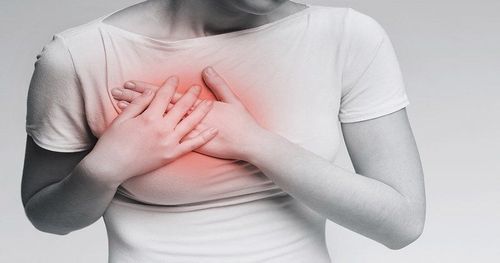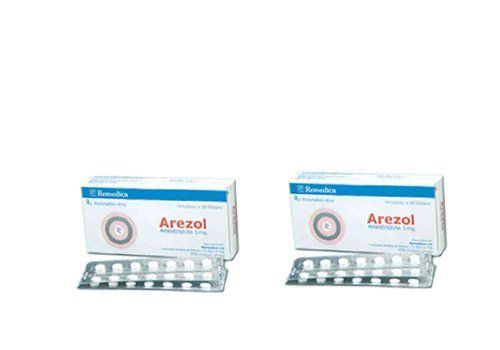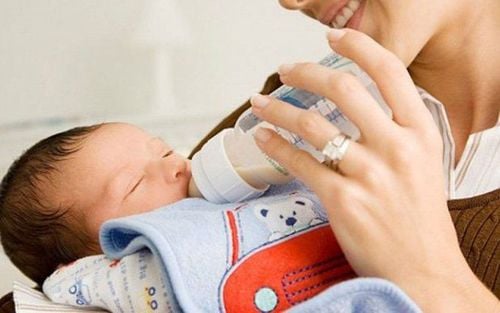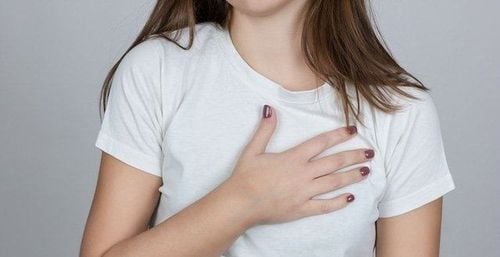This is an automatically translated article.
Inflammation of the breast while breastfeeding is a common condition, causing pain and discomfort for the mother, greatly affecting breastfeeding. Women who give birth for the first time due to inexperience in breastfeeding and improper breast care hygiene are very susceptible to mastitis.
1. Inflammation of the mammary gland while breastfeeding
Mastitis, also known as mastitis, is an inflammation of one or more of the milk ducts of the breast leading to abnormal swelling of the female breast tissues, often associated with breastfeeding especially. during the first 6 weeks postpartum.
Mastitis may or may not be due to infection. The disease can progress to a breast abscess when pus collects in the breast tissue. Severe cases can lead to sepsis and death if left untreated.
Classification: Non-infectious mastitis and Infectious mastitis.
Non-infectious mastitis is usually blocked milk ducts . Milk duct obstruction is a condition in which milk accumulates in the breast tissues in nursing women. However, mastitis caused by blocked milk ducts often progresses to infective mastitis because the stagnant milk creates a favorable environment for bacteria to grow. Infective mastitis is the most common type. Usually, bacteria that usually enter through the damaged skin or nipple. Staphylococcus aureus is the type of bacteria that often causes this problem.
Trắc nghiệm: Bạn có hiểu đúng về dấu hiệu mang thai sớm?
Các dấu hiệu mang thai sớm không phải chỉ mỗi trễ kinh mà còn có rất nhiều dấu hiệu khác như xuất huyết âm đạo, ngực căng tức,… Điểm xem bạn biết được bao nhiêu dấu hiệu mang thai sớm thông qua bài trắc nghiệm này nhé!
2. Causes and risk factors for mastitis
Infection When the mother is breastfeeding, the wrong position makes it difficult for the baby to suckle, causing the baby to pull hard, causing damage (cracking) to the nipple area. In addition, if the mother's nipple is inverted or too flat, the baby will bite and suck on the nipple, forming small wounds and widening ulcers, or if the baby does not know how to suckle, the mother must express milk but do not know how to Squeezing causes nipple damage as well.
The bacteria that normally reside on the skin are not harmful. These bacteria can enter through a break in the skin and cause an infection. If bacteria enter the breast tissue due to damage to the surrounding skin or the nipple, they can lead to mastitis.
Blocked milk ducts Milk ducts that carry milk from the milk glands to the nipples. When a mother breastfeeds improperly, milk accumulates, blocking the milk ducts causing aseptic inflammation, which can then lead to bacterial infection.
Risk factors Several factors can cause mastitis such as: sores or cracked nipples; Use only one feeding position; Wearing bras that are too tight; Having had mastitis before...
Details of fetal development week by week, every parent should learn:
3. Symptoms of mastitis
When mastitis often appears the following symptoms:
Pain, itching, swelling of the breast. The breast area is inflamed, swollen, painful, red, usually wedge-shaped (V-shaped). When breastfeeding, there is a burning sensation, milk secretion is not smooth. Fever, fear of cold. Tired. Mastitis usually occurs in one breast, rarely bilateral. Severe cases cause high fever, very painful, purulent milk glands.
4. What to do when having mastitis after giving birth?
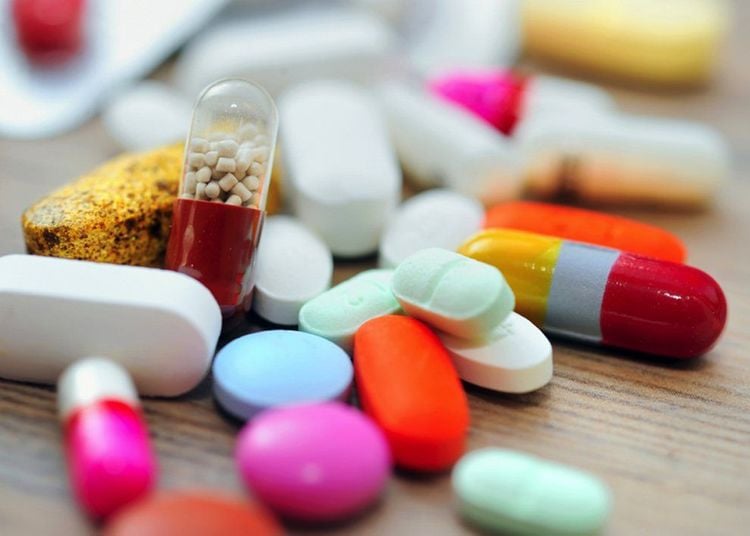
As soon as there are signs of milk not flowing (blocked milk ducts), painful breasts while breastfeeding, you need to massage and warm the blocked area with your hands or use a breast pump to suck up the remaining excess milk on both sides. breast, clean the breast regularly before feeding the baby.
If symptoms of mastitis appear, temporarily stop breastfeeding and go to the doctor right away for treatment, not to prolong to avoid complications.
Treatments for mastitis:
Medications: Antibiotics against bacteria that cause mastitis; Paracetamol has antipyretic and analgesic effects. Minor surgery: A small incision is made in the breast to drain a breast abscess in case an abscess is formed. Note: During treatment, women who are breastfeeding should still breastfeed. If breastfeeding is stopped, pathogens can spread to the remaining milk in the breast and worsen the infection. If breast-feeding is not possible, milk should be expressed.
5. How to prevent mastitis?
Feeding the baby properly: Good latch on, baby's mouth wide open, fully latching on to the nipple. Let your baby finish off one breast and then switch to the other. Regularly changing breastfeeding positions can help your baby get all the milk out of the breast. If a pause is needed while breastfeeding, fingers can be used to secure the breast. Do not wear a bra that is too tight or use a breast patch, which can cause wet nipples after breastfeeding. The nipple should be kept open. When you see that the breast has a hard position, it is necessary to apply warm compresses and massage to reduce the phenomenon of blocked milk ducts. If you experience sore nipples while breastfeeding, see your doctor or lactation consultant for proper advice. Postpartum care is a continuous, comprehensive process for both mother and baby, including vaginal birth or cesarean section, women need recovery time to ensure that there are no postpartum complications. Inflammation of the milk glands can be effectively prevented, is not a dangerous disease, but women should not ignore the disease because the disease, if not treated, can cause local complications such as breast abscess, worse than sepsis, which can cause serious health problems. high mortality.
After giving birth, the mother's body changes, the mother can suffer from many diseases such as postpartum hemorrhage, urinary incontinence, digestive disorders, bowel and urinary disorders, rectal prolapse,... Especially with Unscientific abstinence can seriously affect your health in the future. Therefore, after giving birth, the mother can perform a general health examination at Vinmec International General Hospital. Mothers will have the opportunity to visit with leading specialists, combined with many other specialties to give advice, care, and help improve their postpartum health quickly. In addition, mothers also have the opportunity to use screening services for babies before and after birth; storing cord blood, cord membrane... at Vinmec Institute of Stem Cells and Gene Technology - the world's most advanced and synchronous automatic storage and handling system.
Please dial HOTLINE for more information or register for an appointment HERE. Download MyVinmec app to make appointments faster and to manage your bookings easily.




